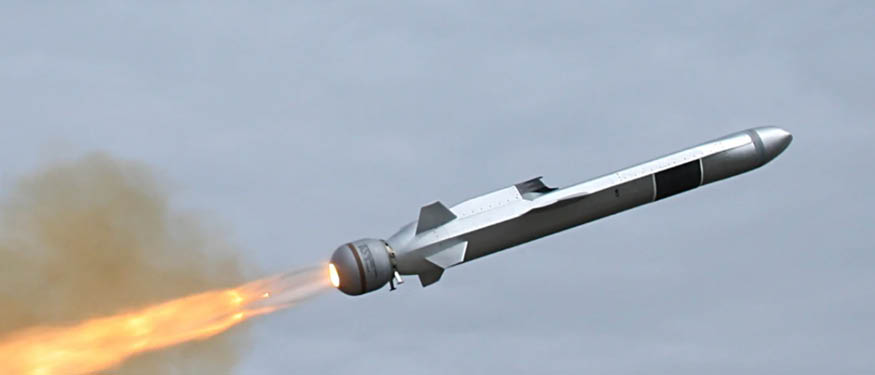With the ongoing war in neighboring Ukraine, Bivol Sotchi & Partners Founding Partner Andrei Bivol, Gladei & Partners Partner Iulian Pasatii, and Efrim Rosca Asociatii Managing Partner Oleg Efrim look at how the conflict has affected Moldova’s economic growth.
“Moldova was heavily affected by the Russian invasion of Ukraine,” Efrim explains. “Inflation rose from 18.52% in February to 34% in September 2022, according to data provided by the National Bank of Moldova.” Consequently, “our GDP experienced negative effects, particularly from the decline in activities such as agriculture (-40.5%), health and social assistance (-18.6%), production and supply of electricity and thermal energy, gas, hot water, and air conditioning (-34.4%), real estate transactions (-11.8%), and manufacturing (-7.0%),” he adds. “Moldova’s GDP decreased by 5,9% in 2022, and the economy is stabilizing after the energy crisis during the winter,” Bivol notes. “Last year, inflation peaked at 34,62% in October and has been on a decreasing trend since then, reaching 25,91% at this point.”
Trade & Agriculture
Among the hardest-hit areas of the economy, trade seems to have been significantly impacted. “The war in Ukraine felt like an electrical shock on trade in the Republic of Moldova, and significantly slowed the economic growth post-February 2022,” Pasatii notes, adding that “particularly pressured are the exports, since reportedly around 50% of Moldovan agri-food was exported to Russia by crossing Ukraine. The same crisis affected imports. As a confirmation, the Ministry of Agriculture and Food Industry has previously estimated that, without the fertilizer imported from Ukraine and Russia, the production of staple foods – like wheat, corn, and barley – will drop by at least 30% this year alone.”
“The immediate impact on trade was caused by the closure of Ukrainian ports,” Bivol continues. “Most imported goods traditionally came to Moldova through the Ukrainian ports of Odesa and Mykolaiv. In the first months following the beginning of the war, many companies experienced shortages of goods and raw materials which led to immediate price spikes.” He adds that “it took a few months until the logistical chains were redirected to ports in Romania, Poland, Turkiye, and other countries. These adjustments came with higher logistical costs, which increased the shelf-prices of products.”
Another impact felt in 2022, according to Bivol, was “the influx of road-transported goods from Ukraine, which were normally exported by sea, and which caused severe jams at all border crossings, slowing down the export of local production. Additionally, in the fall of 2022, Ukrainian agriculture products – which under normal circumstances were exported overseas – flooded the neighboring region, impacting local agriculture production that was already affected by a severe drought in the summer.”
All of it, according to Efrim, “automatically generated a wave of price increases for products and services that were deeply reflected in the living standards for the citizens of Moldova, such as the circulation of food and industrial products that Moldova imports from Ukraine. When Ukraine was invaded, Moldova was greatly affected from this perspective. The tightening of monetary policy has increased the cost of finance for business, while, additionally, unfavorable weather conditions have affected agricultural production.” According to Efrim, “another important downfall for trade was triggered by disruptions to regional and global supply chains, and regional trade routes, which affected the operations and financial performance of companies and our clients.”
Foreign Direct Investments
In addition, the war has had a significant effect on the volume of foreign investment. “FDIs dropped by 33,1% in 2022,” Bivol notes. “Due to the uncertainty caused by the proximity of the war, and high inflation and base rate, many foreign companies, especially in the IT sector, decided to move their local subsidiaries and offices to other jurisdictions. The overall investments in fixed assets in the economy dropped by 11,6%. Investments in the construction sector decreased by 17,2%. Investments in transportation and machinery dropped by -7,1% and -4,6%m respectively.”
Despite that, Pasatii highlights that “the levels of FDI reduced almost in half in the four-five months after February 2022, but steadily and significantly increased by the end of 2022, perhaps as an aftershock of the exodus of international companies from the Russian market,” with Efrim also pointing out that “over the past four years, the volume of investments into Moldova from Russia and the CIS region has diminished tenfold, making up only 1% of the total investment amount.”
Government Spending
Consequently, the lawyers point out that government spending has increased significantly in 2022. “The budgetary deficit at the end of the year was MDL 9,3 billion – approximately USD 510 million,” Bivol notes, adding that government spending was primarily targeted to mitigate the impact of the drought and the energy crisis, provide agriculture subsidies and household energy bill compensation, and support infrastructure.
“Government spending has shifted, at least in public perception, from the measures taken in response to the pandemic to, firstly, facing the refugee crisis – as, reportedly, in the time span of one year, around 750,000 refugees crossed the Republic of Moldova’s borders in the aftermath of the invasion, 100,000 of which remained in the country – and, secondly, facing the energy crisis,” Pasatii points out.
“The budget deficit has been covered exclusively by external resources,” Efrim notes. “The majority of increased public expenditure, given the war consequences and their impact, is allocated to social sectors, primarily aimed at safeguarding the earnings of the most vulnerable populations that have been significantly impacted by inflation, triggered by the war and the regional context.”
A Beacon of Hope in 2023
Nevertheless, Moldova’s economy has seemingly exhibited some signs of progress recently. “The positive influences on GDP growth came from increases in activities like information and communications (+12.2%), financial activities and insurance (+16.0%), education (+8.4%), and accommodation and public catering (+39.1%),” Efrim says. “Exports rose by 8.6%, imports by 11.2%, and public administration consumption by 2.5%, while population consumption and gross fixed capital formation decreased by 8.9% and 8.6%, respectively.” Accordingly, Efrim says that despite the current challenges, “it is anticipated that in the near future, given Moldova’s EU candidate status and the efforts of the pro-European government, investments will only increase. There are already positive signs and market conditions that support this expectation, demonstrating the potential for growth and the country’s ability to attract more foreign investment.”
“Short-term recovery measures and long-term policy changes and reforms are two key components that crucially need to be implemented in the current status of the economy. And it seems – particularly because of the recent change of the Government of Moldova and the (stated) priorities of the new cabinet – that those two next steps and action items are expected to be completed in the next six to 12 months,” Pasatii notes.
“The Ministry of Economy is forecasting a 6% GDP increase in 2023, which would mean recovering the losses of 2022,” Bivol agrees. “Nevertheless, Moldova is an open economy with a strong agricultural component. The stability and the speed of economic recovery will depend on many outside factors like the weather, eventual escalations of the war in Ukraine, energy prices, and the risks of a worldwide economic crisis or recession.”
This article was originally published in Issue 10.4 of the CEE Legal Matters Magazine. If you would like to receive a hard copy of the magazine, you can subscribe here.

















